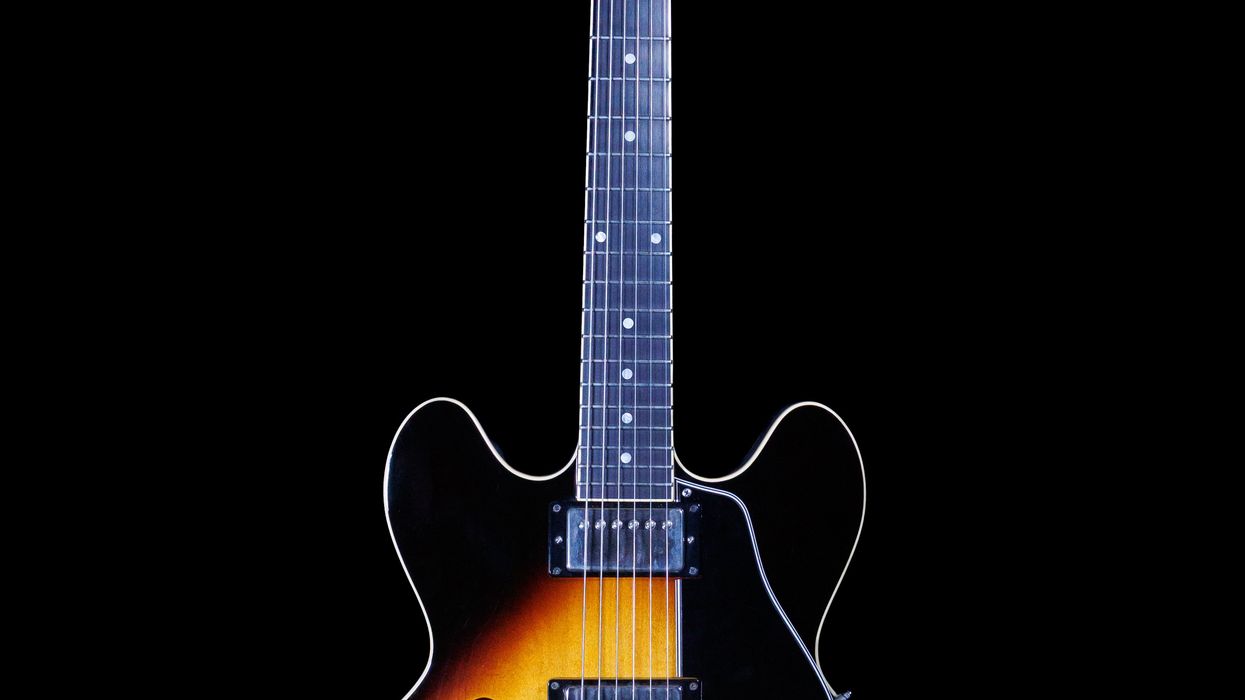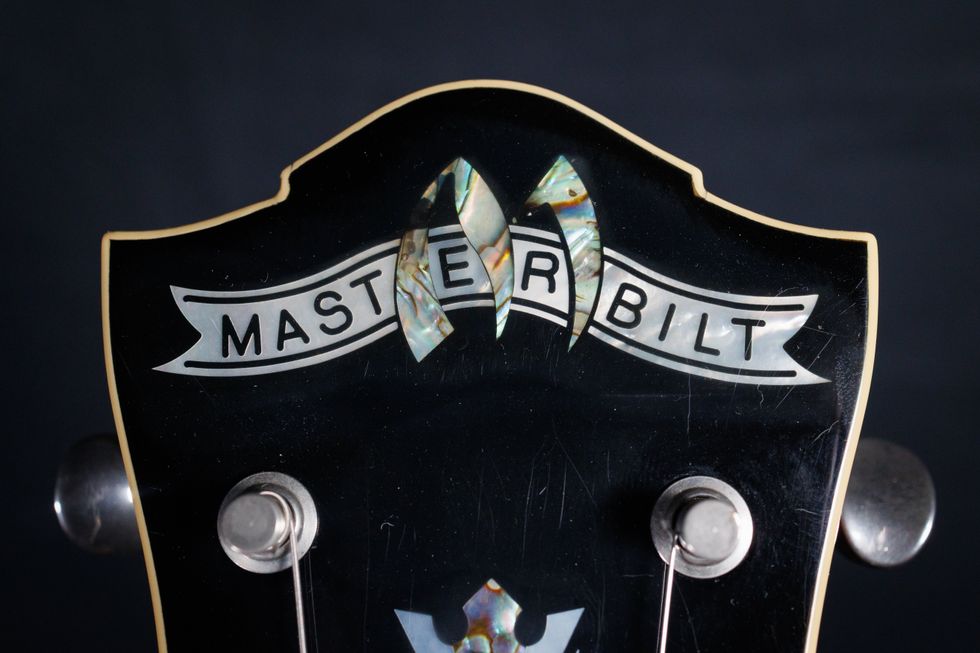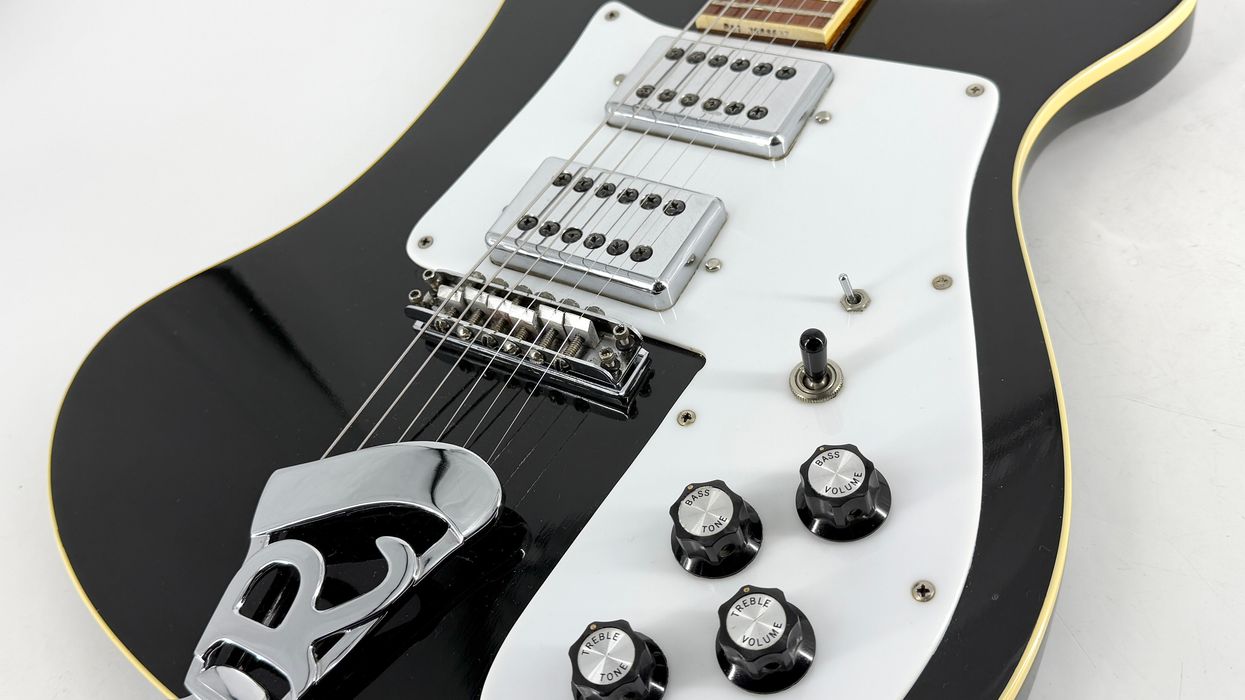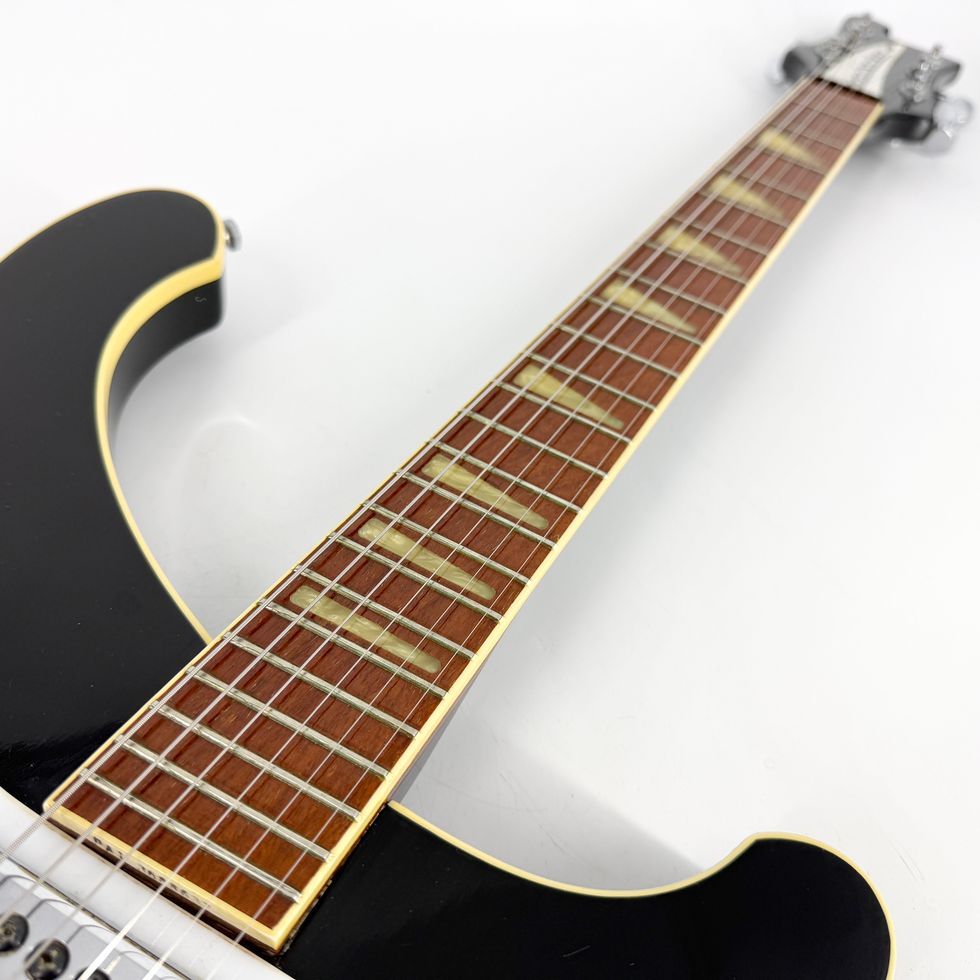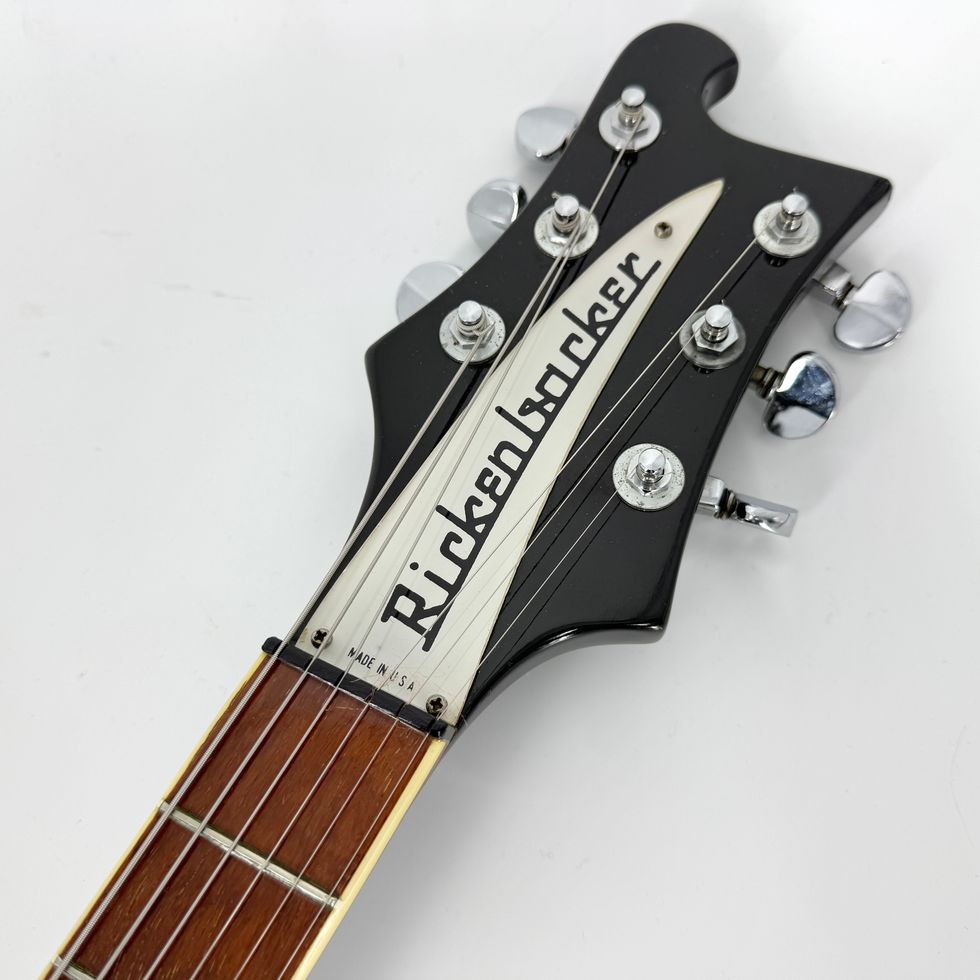When you close your eyes and imagine an electric guitar, chances are you see something like a Stratocaster or a Les Paul: a solidbody, a few pickups, a metal bridge. But in the early 20th century, such popular features were yet to be codified by builders as a part of guitarists’ collective imagination.
Back in the early fervor of electric guitar design, builders experimented out of necessity, trying to create working instruments by any means. When studying these guitars today, their choices might seem strange, but they present many wonderful “what-ifs” or guitar-building roads not taken.
qThe instrument we have here is such a guitar: a 1933 Vivi-Tone. This exact specimen appears in Lynn Wheelwright and Nacho Baños’ The Pinecaster: Early Electric Guitars (1920-1955), which explores the “what-if” history of this period in captivating detail.
“When studying these guitars today, their choices can seem strange, but they present many wonderful ‘what-ifs’ or guitar-building roads not taken.”
Vivi-Tone was a company founded in the early 1930s with the express purpose of manufacturing electric instruments—not just guitars, but violins, cellos, mandolins, and even an electric piano. Interestingly, its co-founder and chief inventor was Lloyd Loar, who in the 1920s famously created Gibson acoustic archtops and mandolins that are prized to this day.
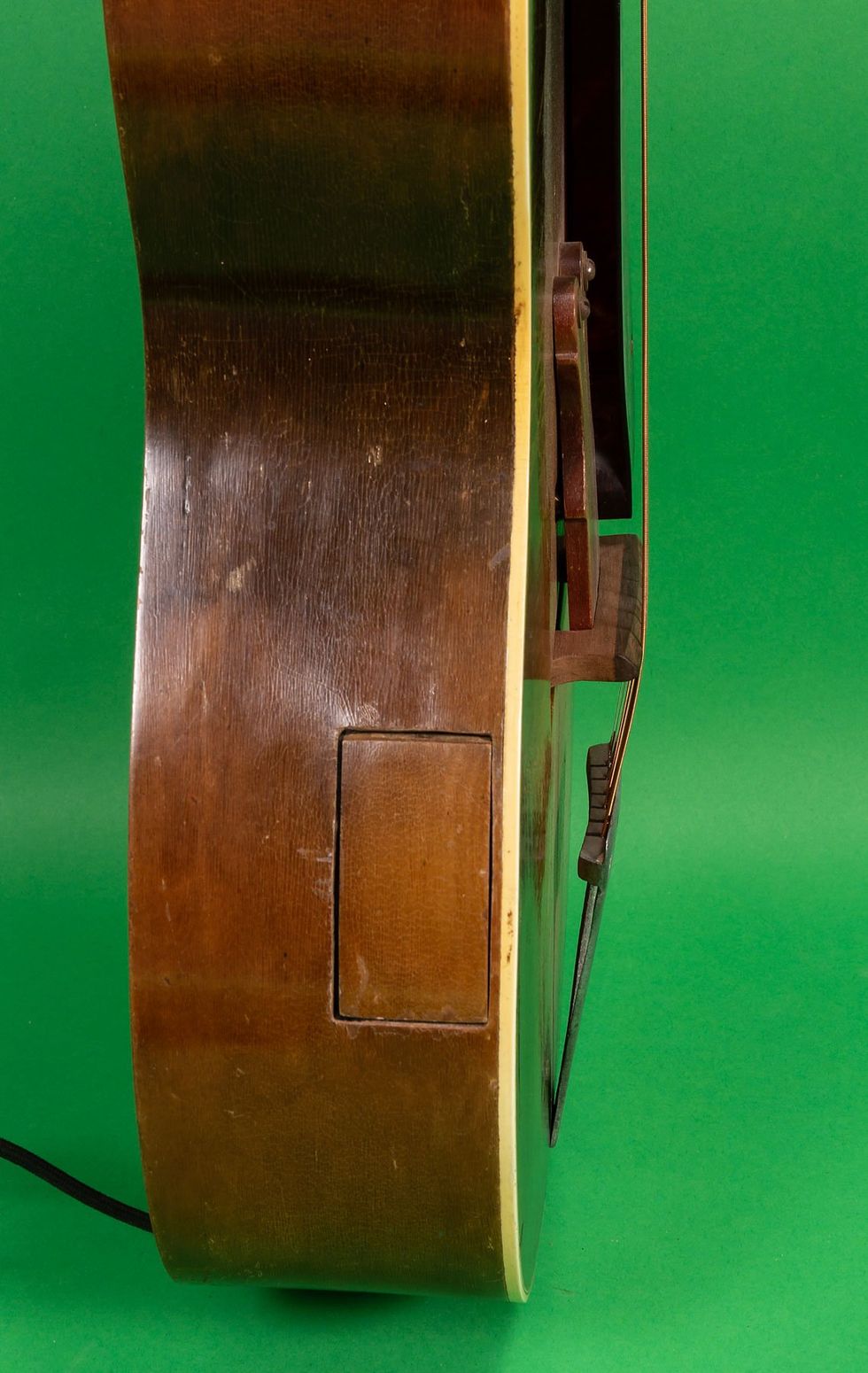
A sliding drawer built into the guitar’s body allows access to the pickup, which is set up under the bridge.
By the ’30s, however, Loar wanted to bring out “pure string tone,” as he called it, through the power of amplification. His patented pickup, which can be found in this 1933 guitar and throughout the Vivi-Tone lineup, works in a distinct way from modern pickups. Here, the bridge itself rests on top of a metal bar that is ever-so-slightly suspended over an electro-magnetic pickup system. When the strings move the bridge, the bridge moves the bar, and the resulting current goes out to the amp. While most modern guitar pickups require metal strings to work, Loar’s Vivi-Tone design could work with any material, steel or gut.
The very first Vivi-Tones, released in 1932, were strikingly revolutionary. Loar, with a utilitarian spirit, did not give them much of a body at all. The skeletal design supported the pickup system, neck, and a thin body that featured only a decorative top—there were no back or sides. However, in ’33, public sentiment forced the company to at least pretend their instruments were traditional. So, the then-newly built Vivi-Tones came with a full acoustic body like you see in this model, which features a spruce top and back, and composite sides. The pickup system can be accessed through a sliding drawer built into the guitar’s body.
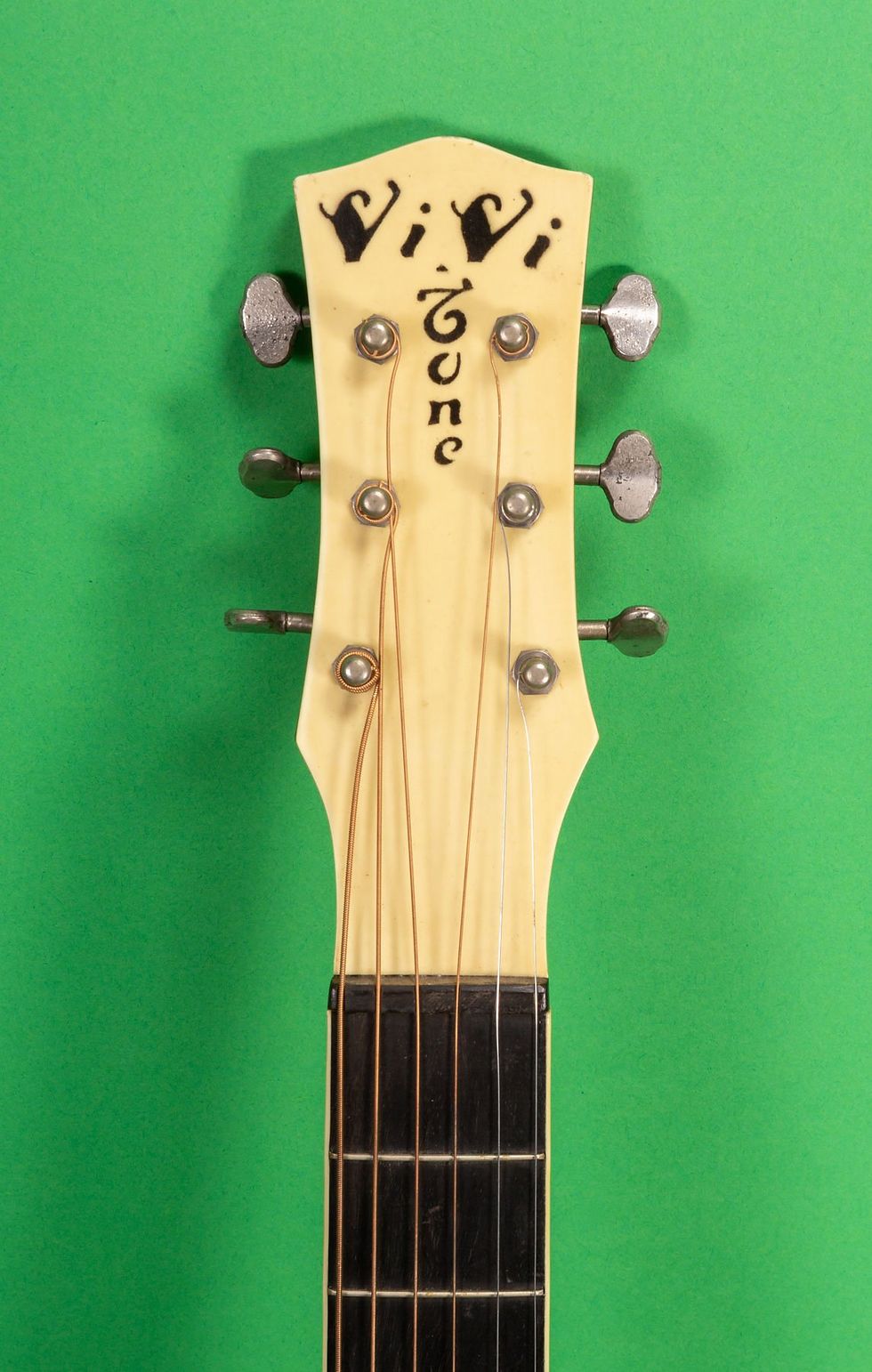
Before they folded in 1937, Vivi-Tone built just around 600 instruments.
Thanks to another twist of ingenuity, you can actually play this guitar as an acoustic. The contraption you see by the bridge is a lever you can use to separate the bridge from the internal pickup, cutting off any flow of electrons. Perhaps because the internal spine, pickup, and lever made the top too rigid, the guitar’s back is its own resonating soundboard as well. It not only features two f-holes, but is actually inset from the sides so that a player’s body doesn’t press upon it or interfere with its vibrations.
Up for sale by Reverb seller Jay Rosen Music, this 1933 Vivi-Tone (serial number 220) is one of around 600 instruments built by Vivi-Tone before it shuttered in 1937. When new, this guitar likely sold for around $175. Today, being a surviving example in excellent condition—with its original pickup cable still intact—it’s listed for $10,500.
Sources: The Pinecaster: Early Electric Guitars (1920-1955) by Lynne Wheelwright and Nacho Baños, Reverb listings.



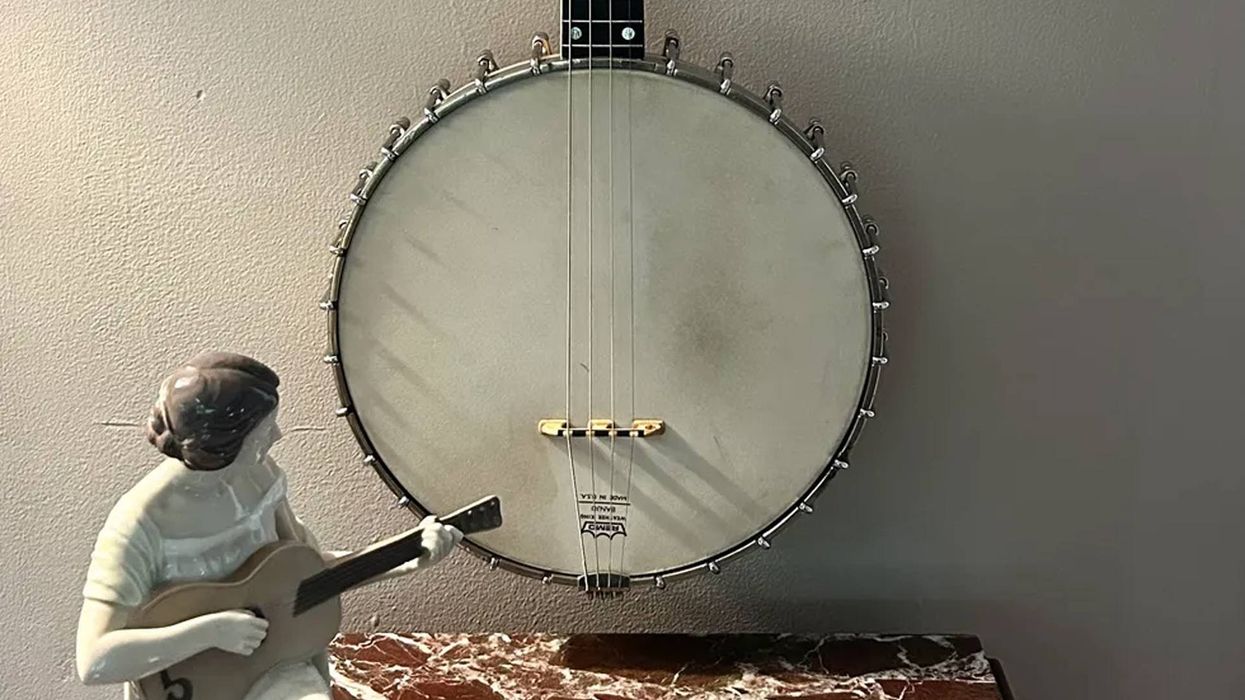
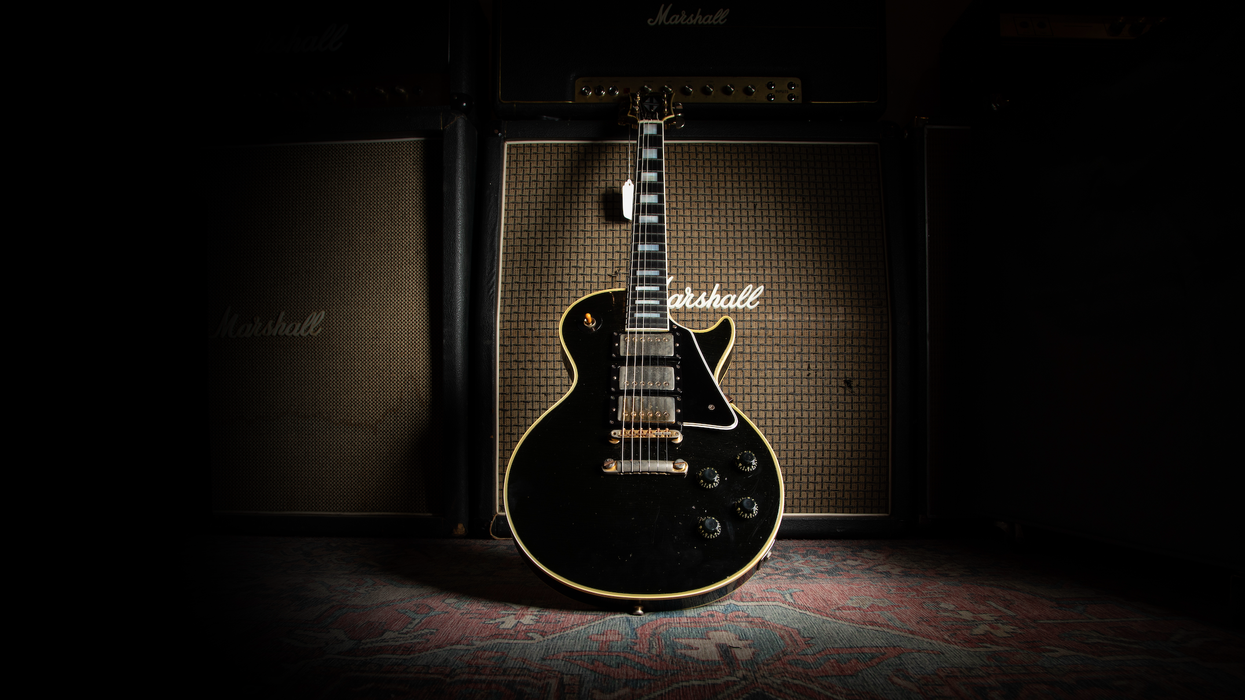
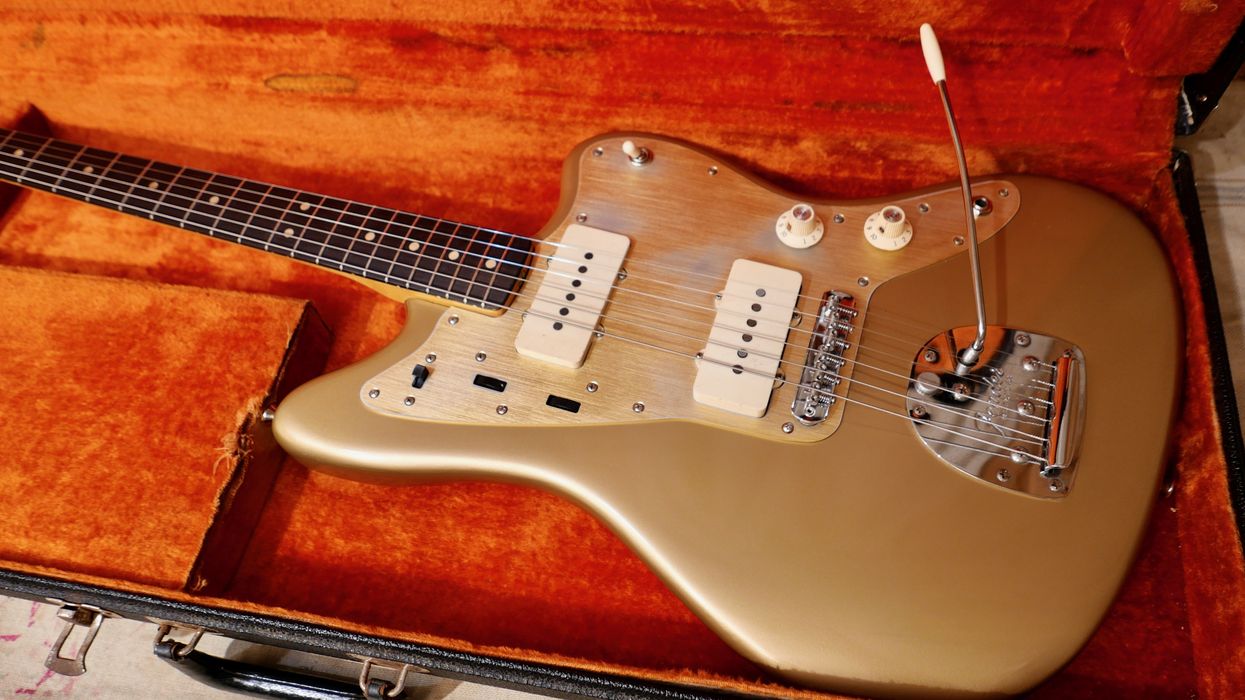
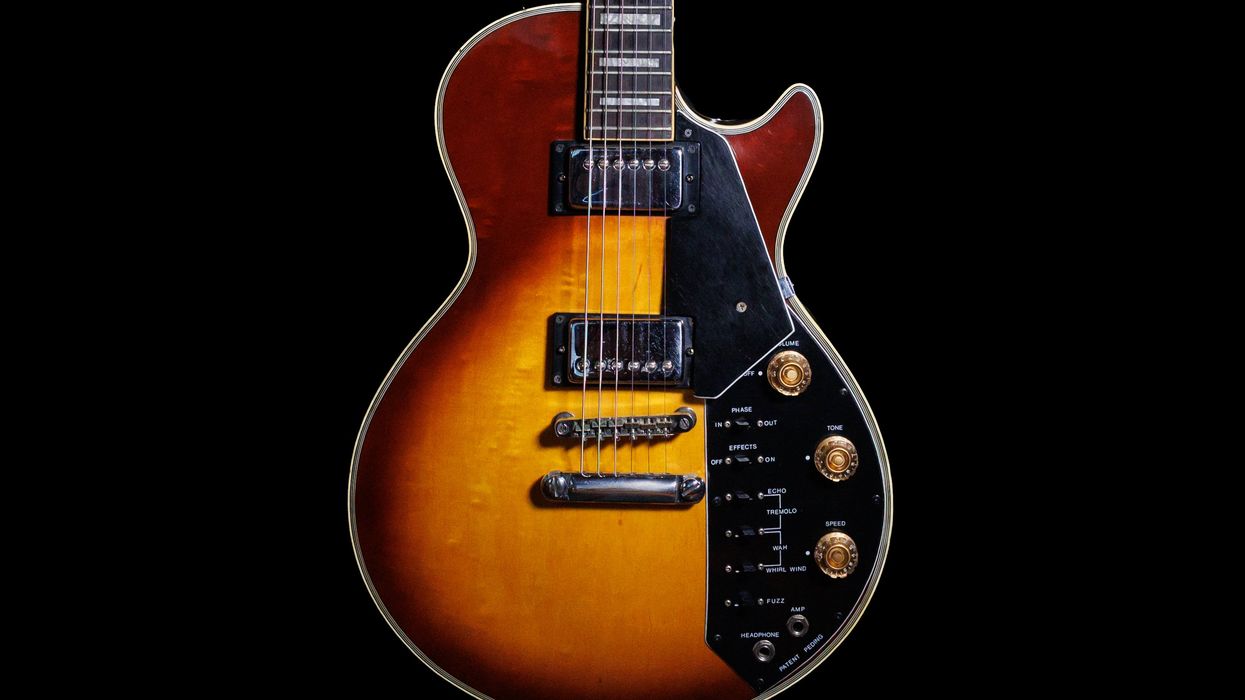






![Rig Rundown: Russian Circles’ Mike Sullivan [2025]](https://www.premierguitar.com/media-library/youtube.jpg?id=62303631&width=1245&height=700&quality=70&coordinates=0%2C0%2C0%2C0)

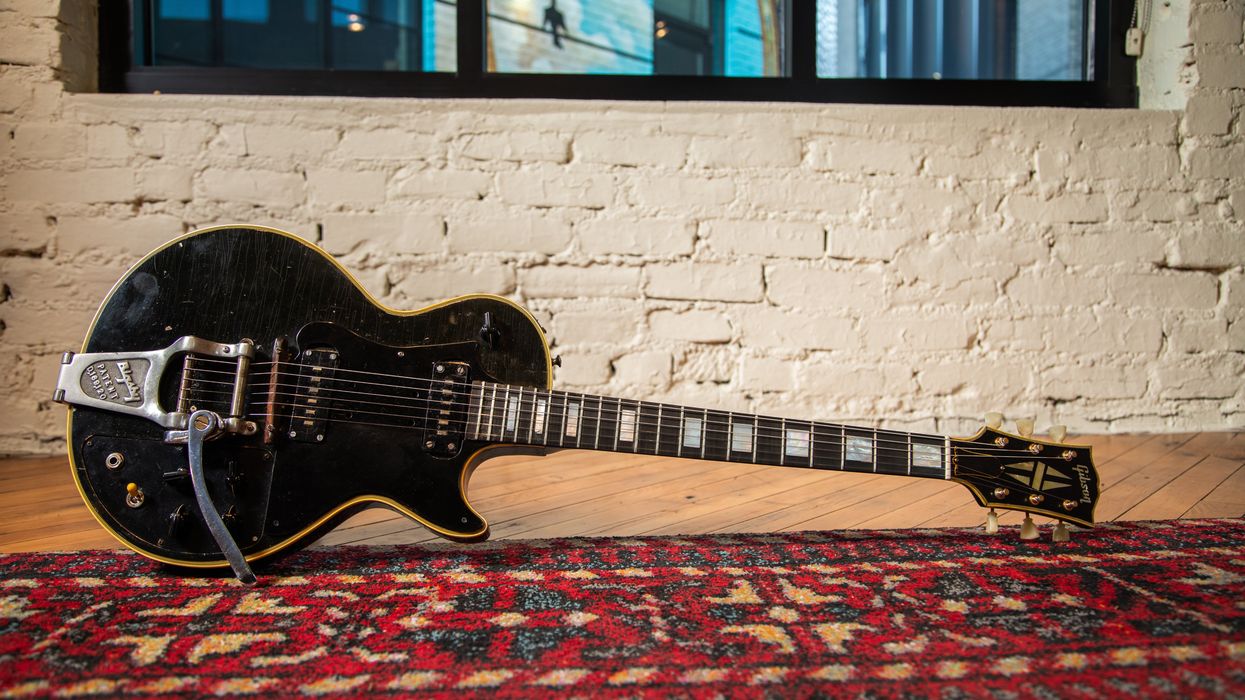
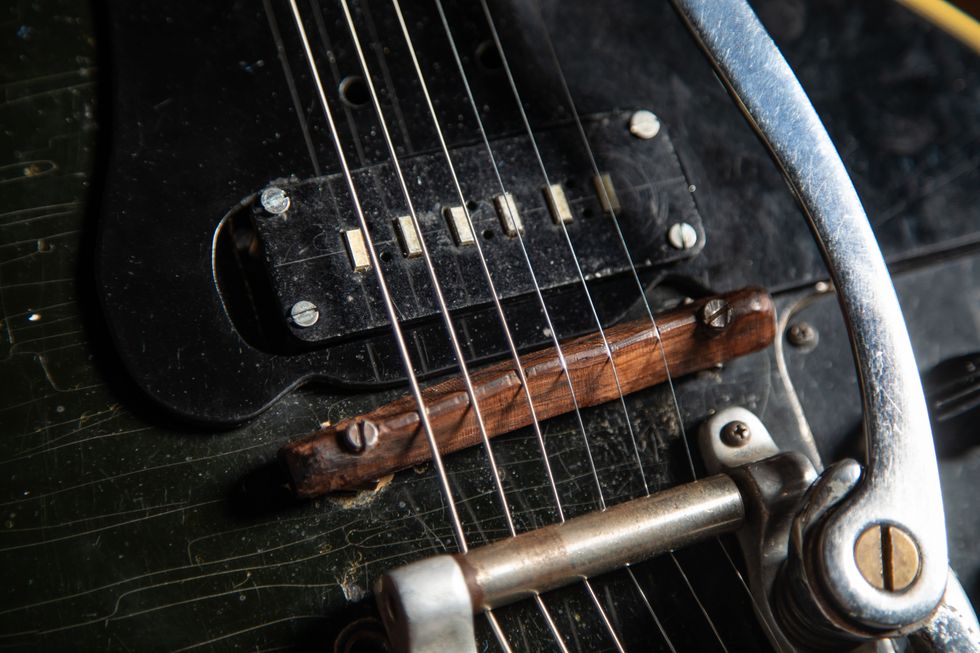
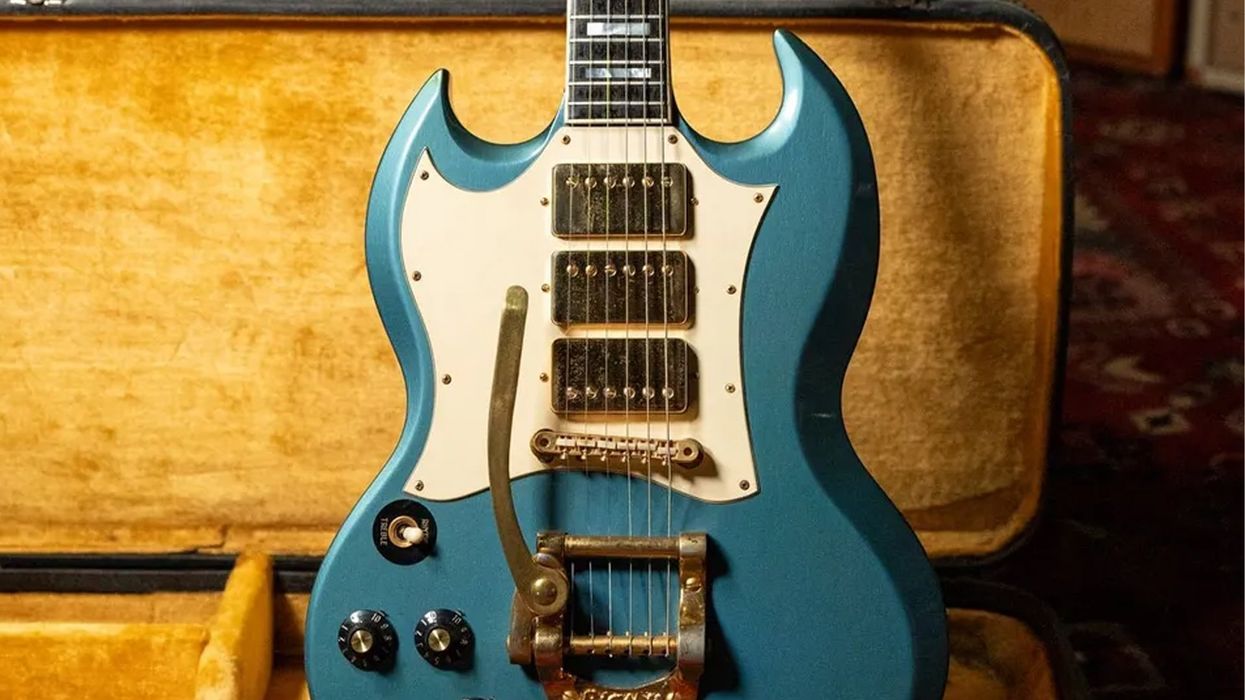
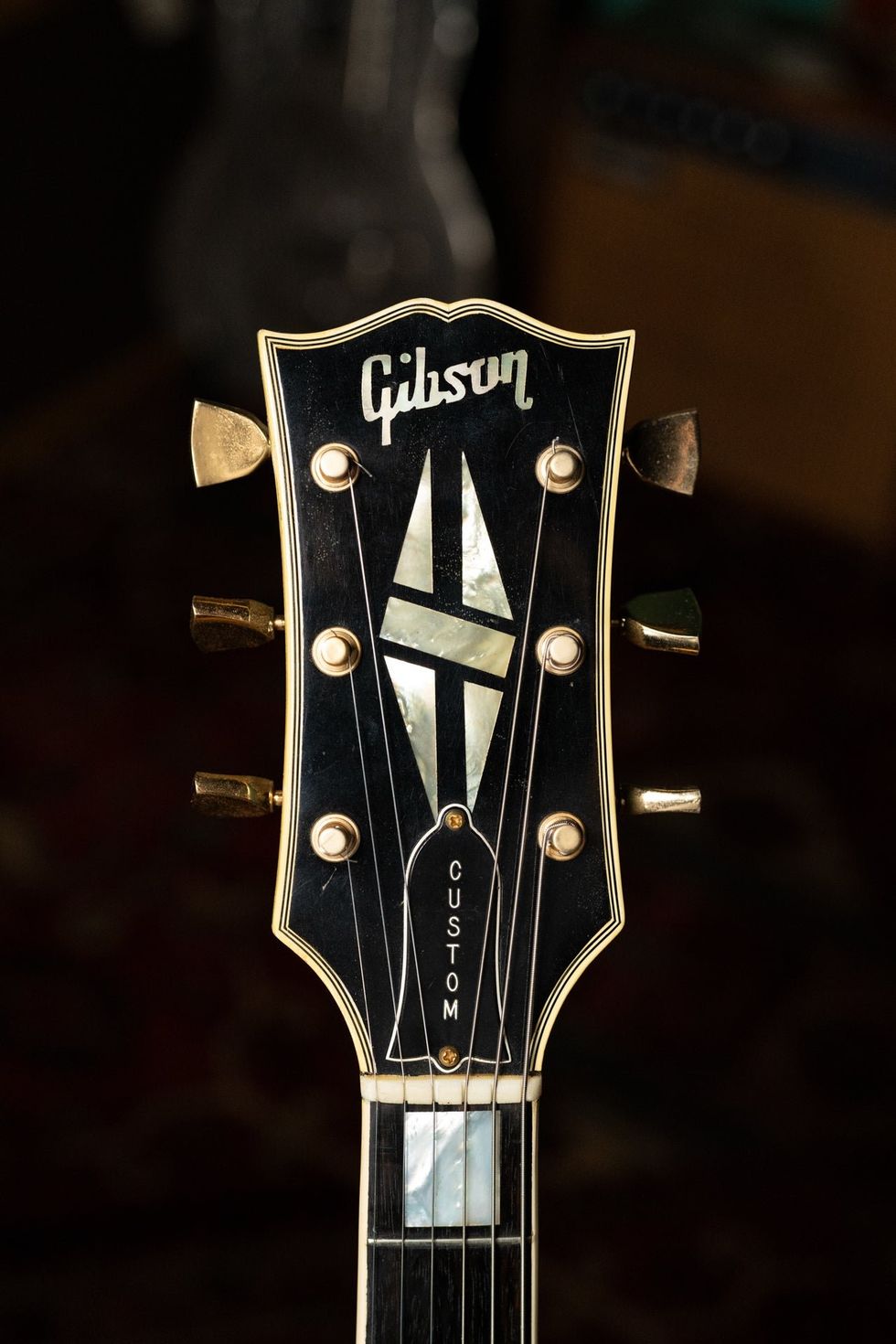
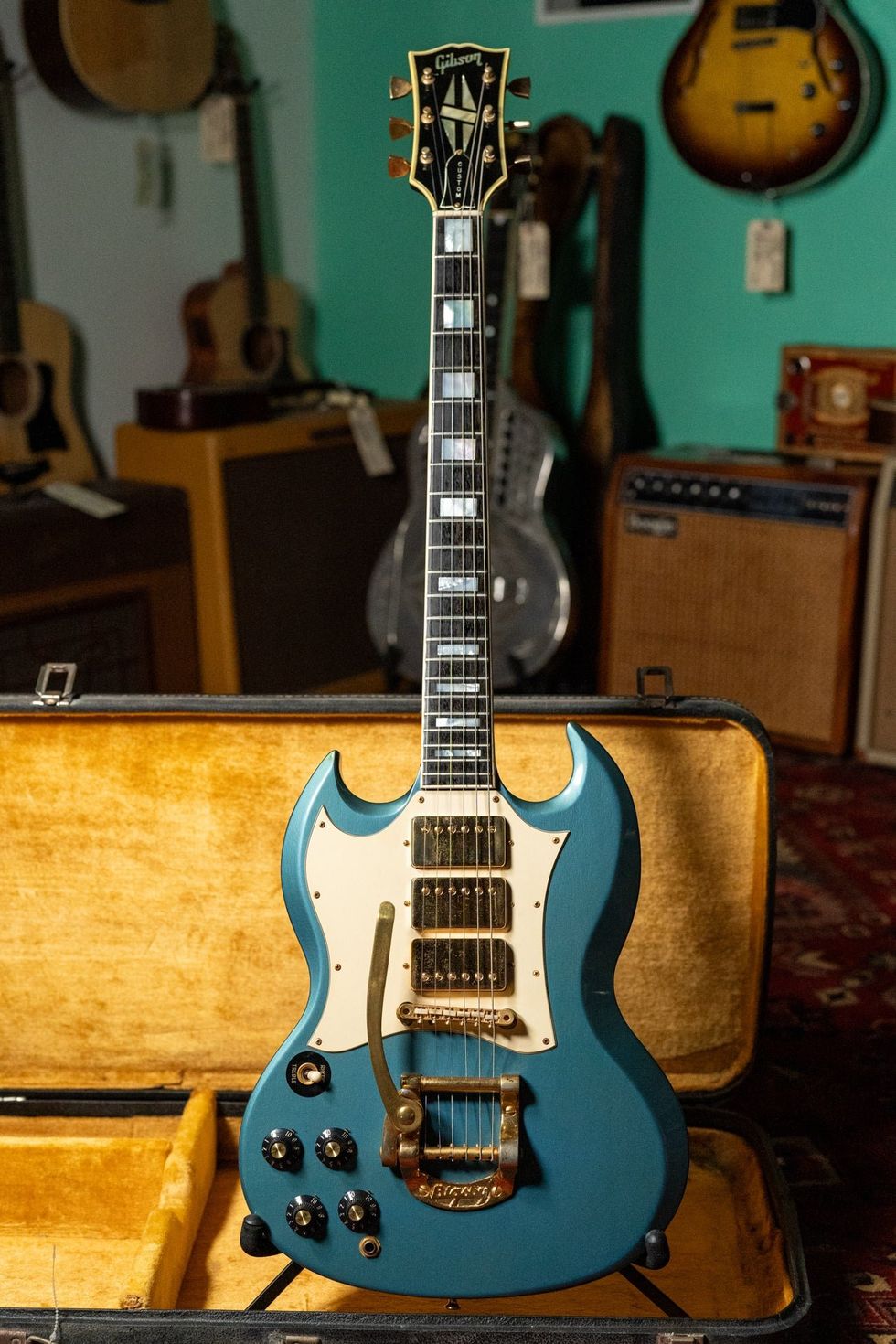 Whether or not Jimi Hendrix actually played this guitar might come down to how lucky its buyer feels.Photo courtesy of Imperial Vintage Guitars Reverb Shop
Whether or not Jimi Hendrix actually played this guitar might come down to how lucky its buyer feels.Photo courtesy of Imperial Vintage Guitars Reverb Shop